Introduction
This guide will show you how to replace the spark plugs in your VE / VF V6 Commodore. Whilst this guide is written for the LLT Engine, the process is very similar for LFX Models, however the intake manifold is plastic.
Difficulty Rating
Hard
Tools/Parts Required
- Spark Plug Socket
- Socket Set
- Torque Bar
- Breaker Bar
- Anti-Sieze
- x6 Spark Plugs (1.1mm Gap)
Did you find this guide helpful? Consider sharing it to help other car enthusiasts
Facebook
Twitter
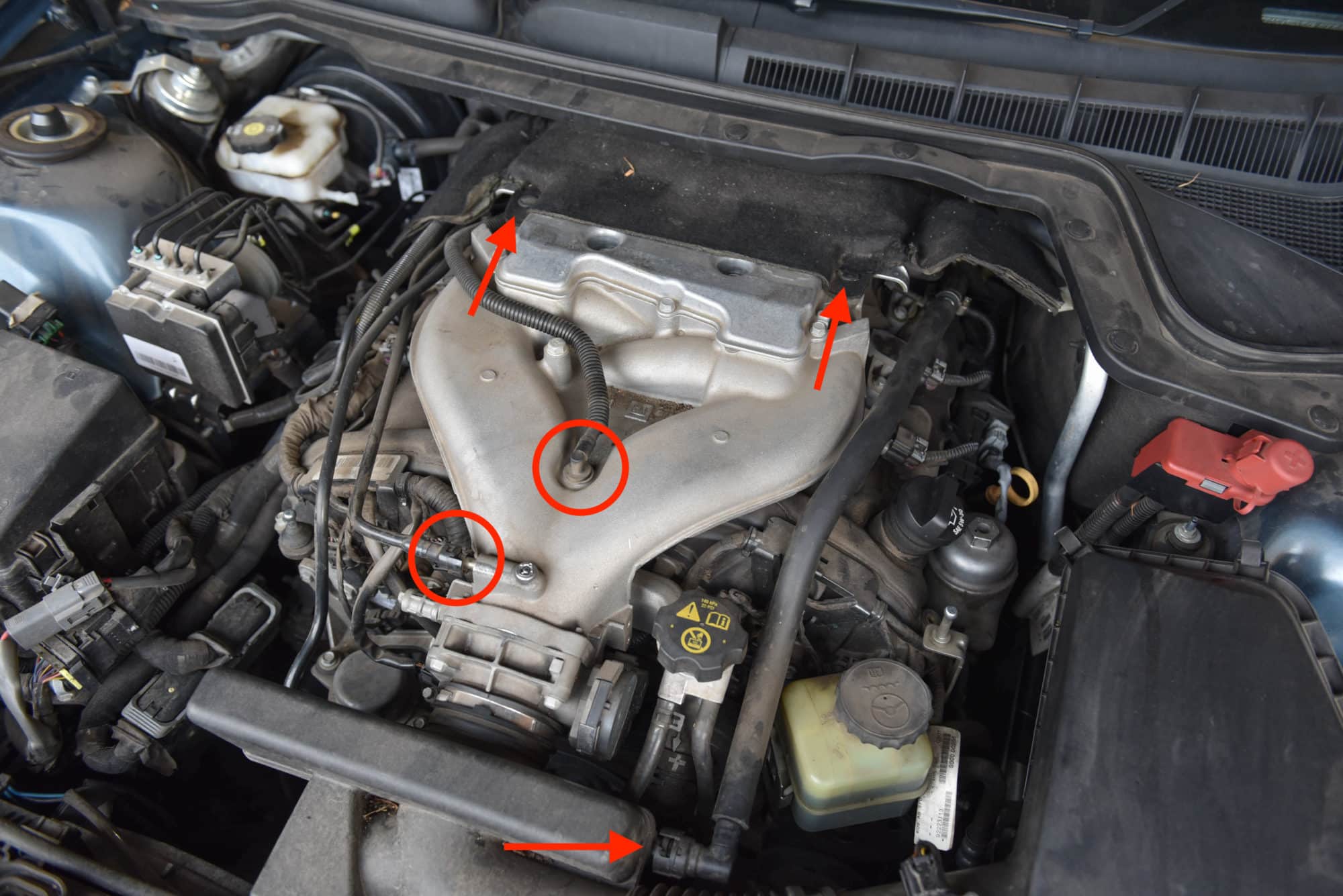
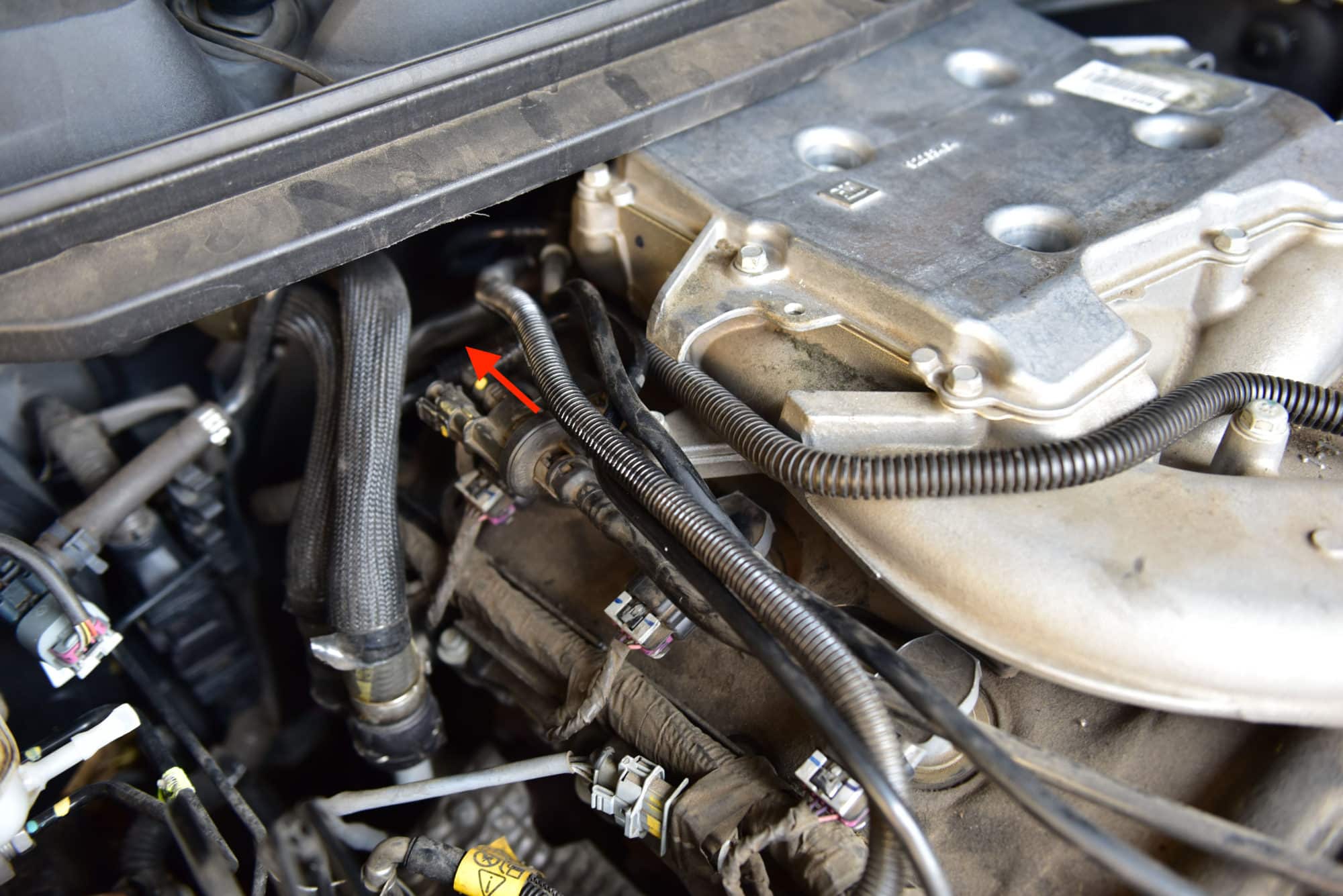
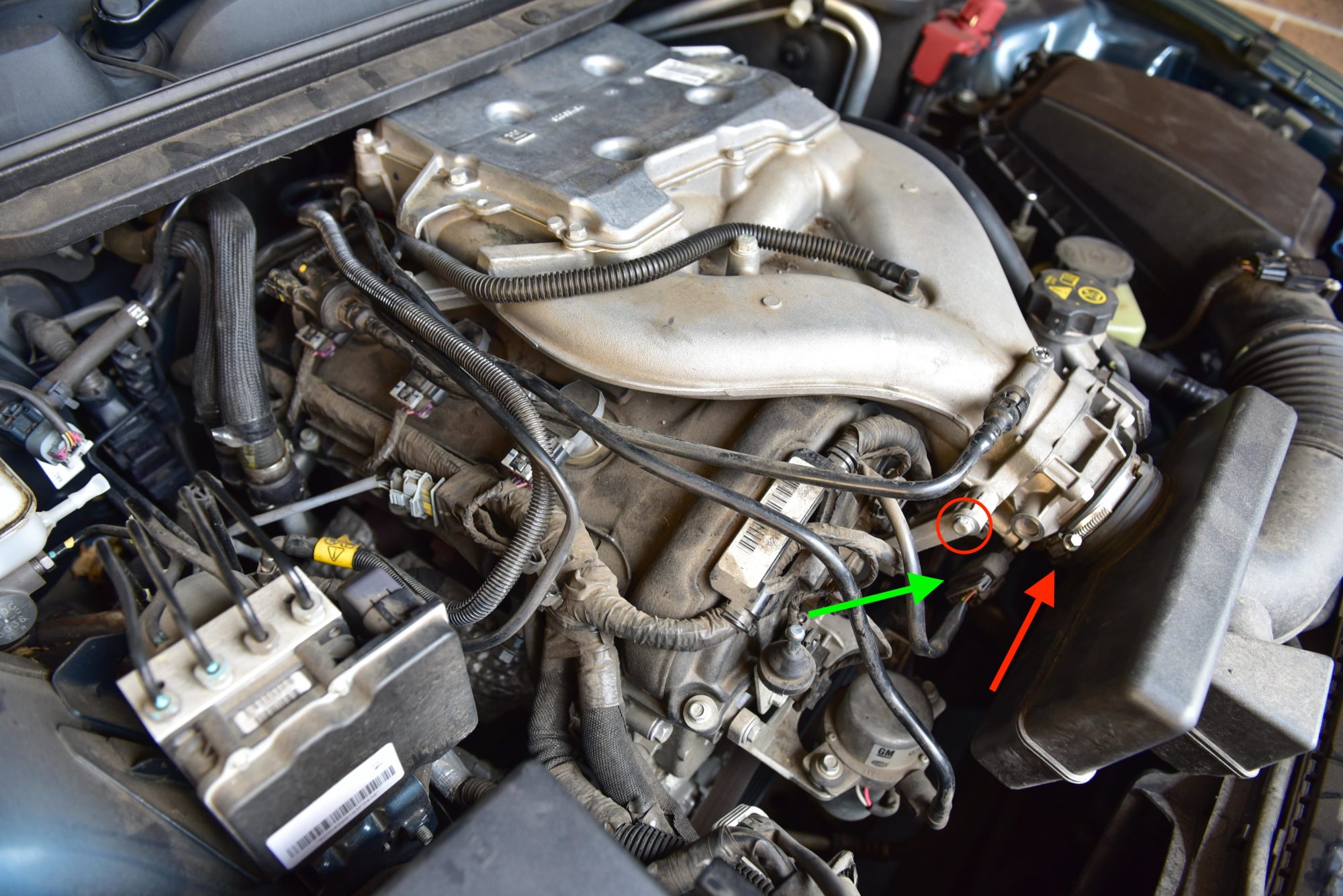
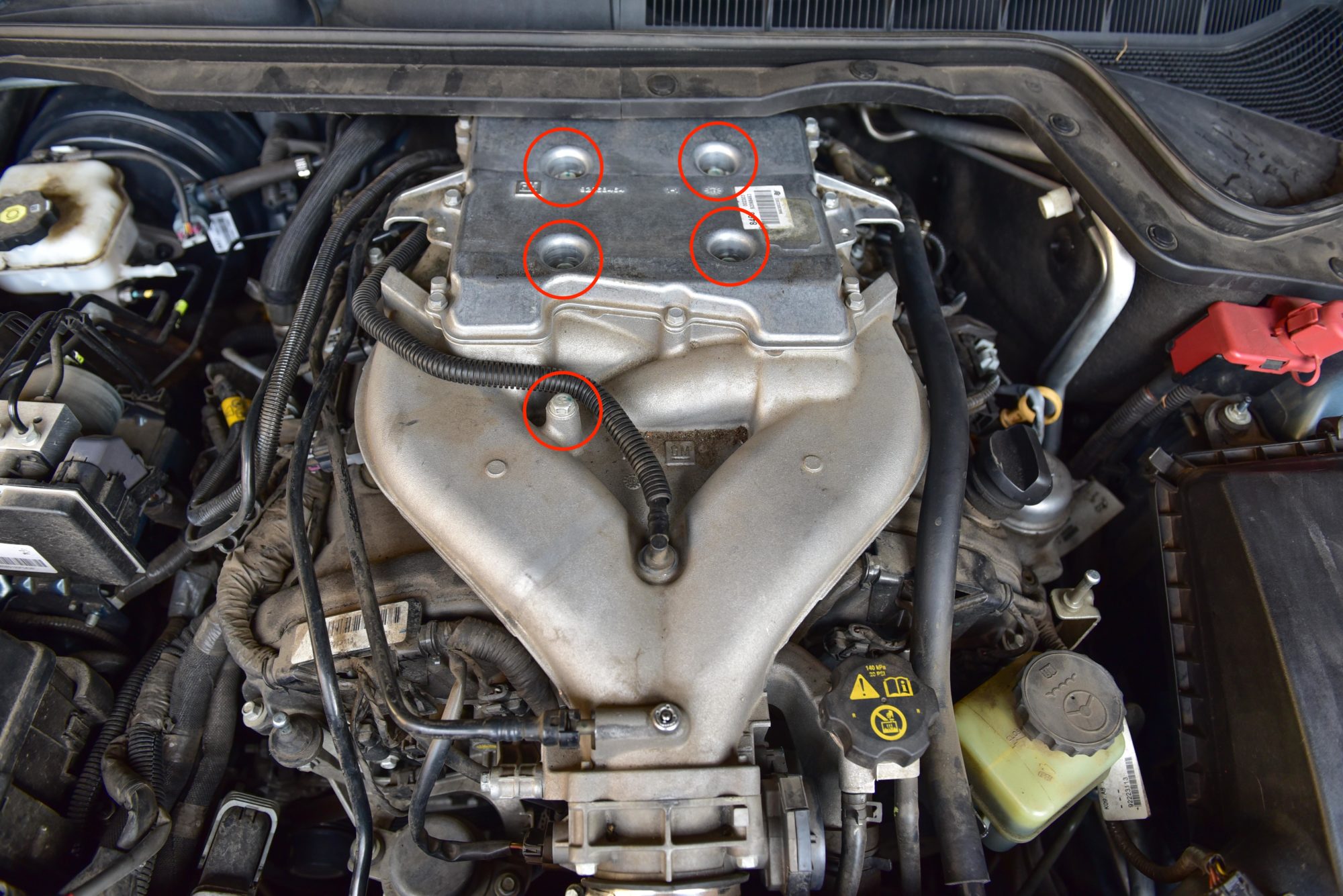
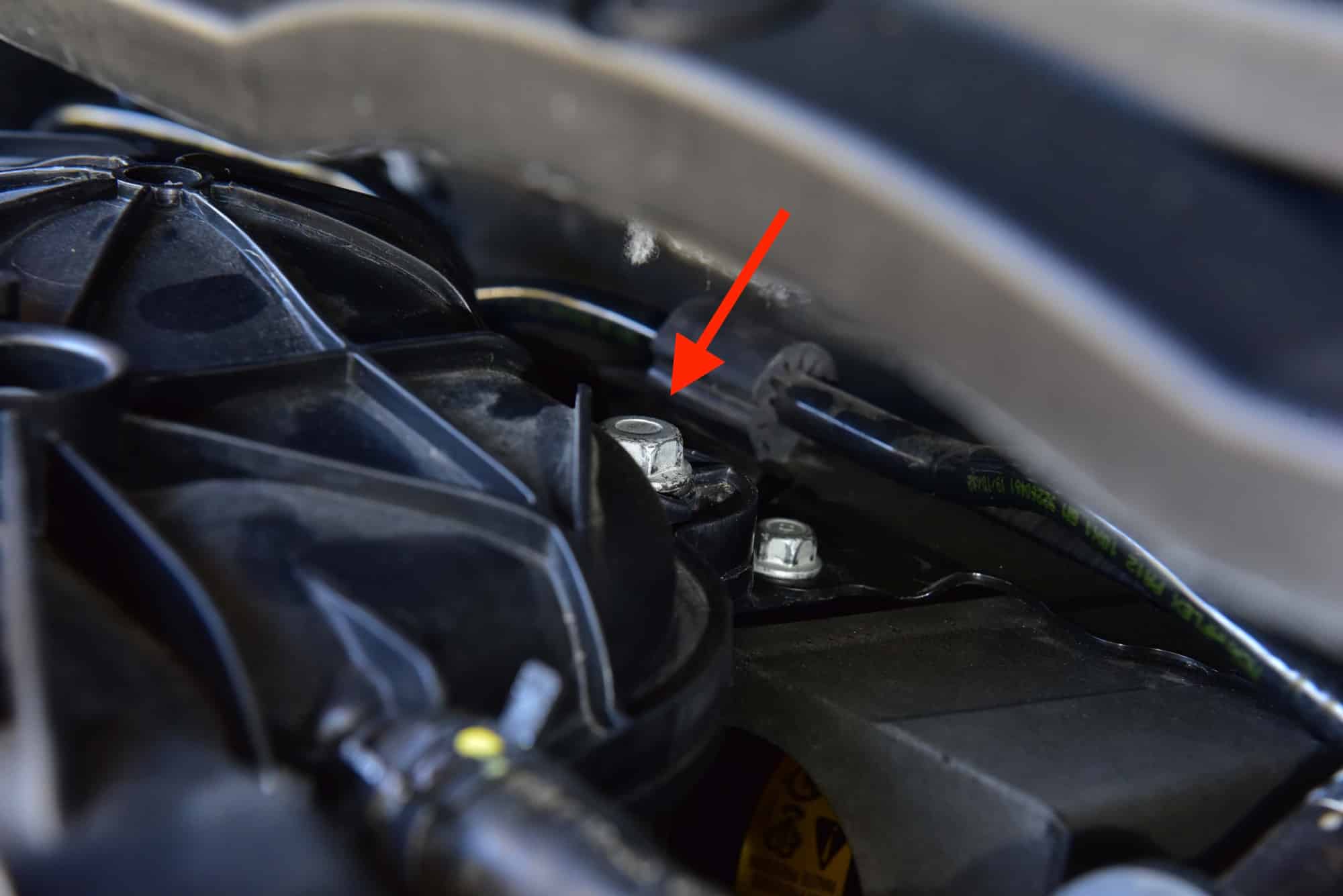
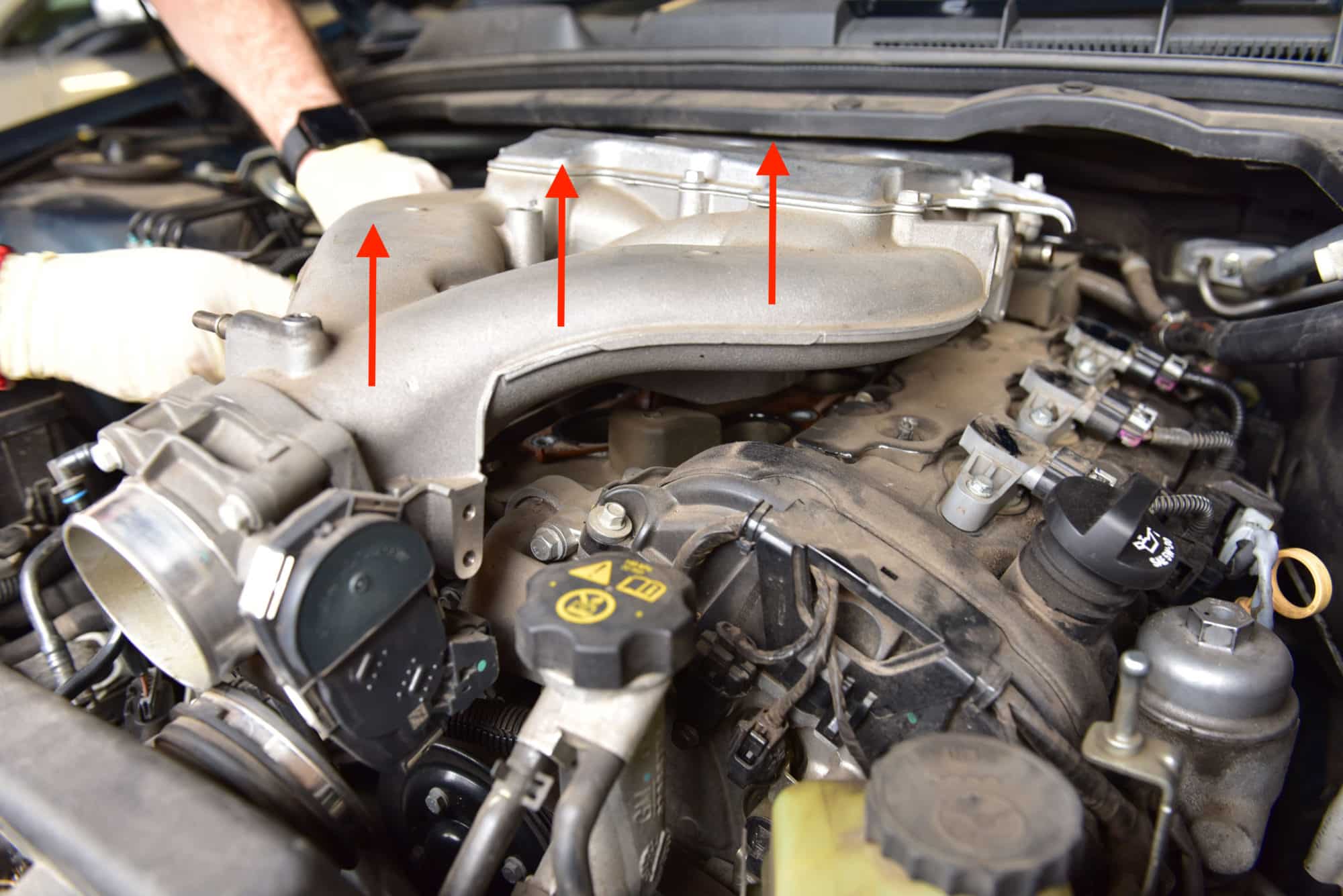
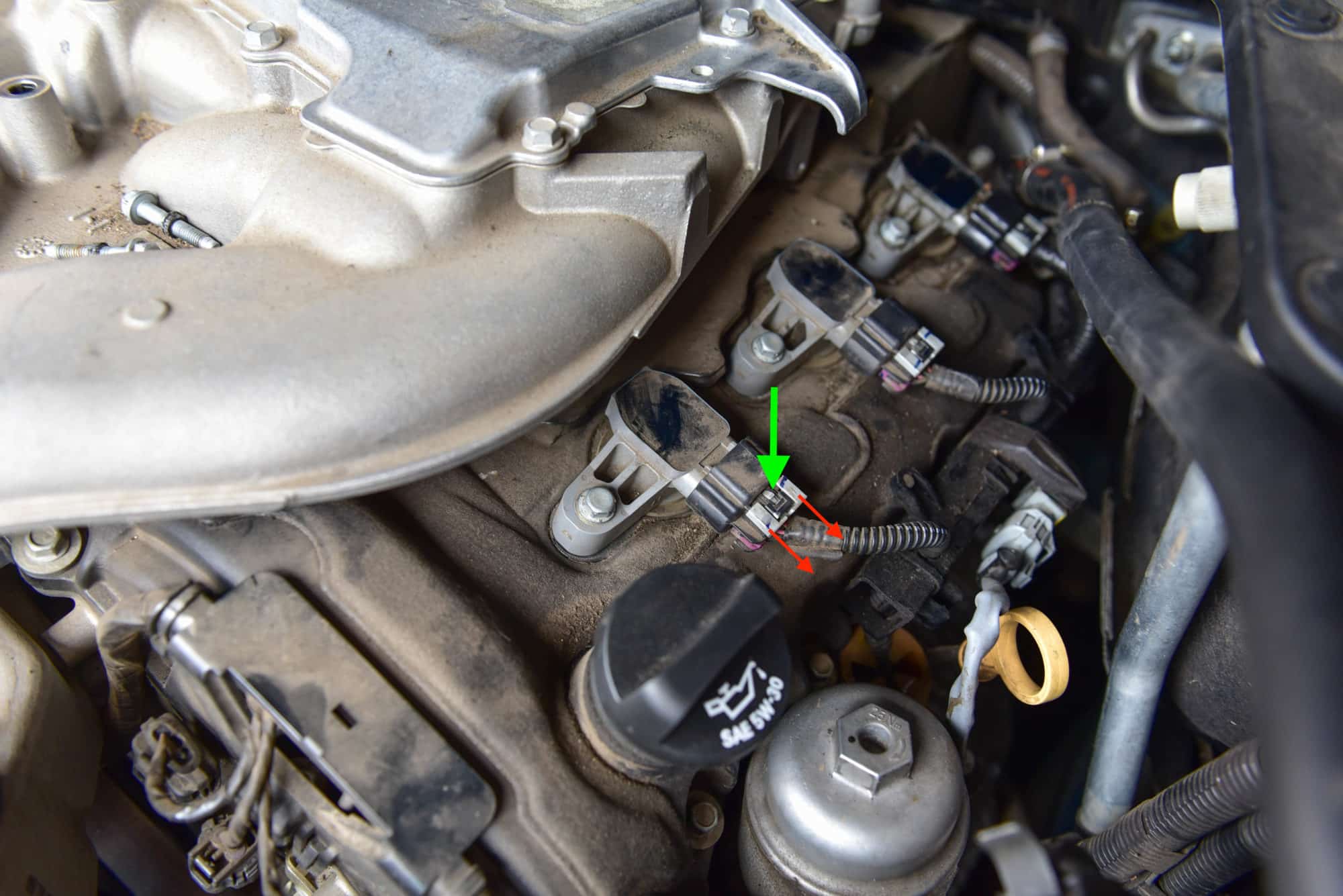
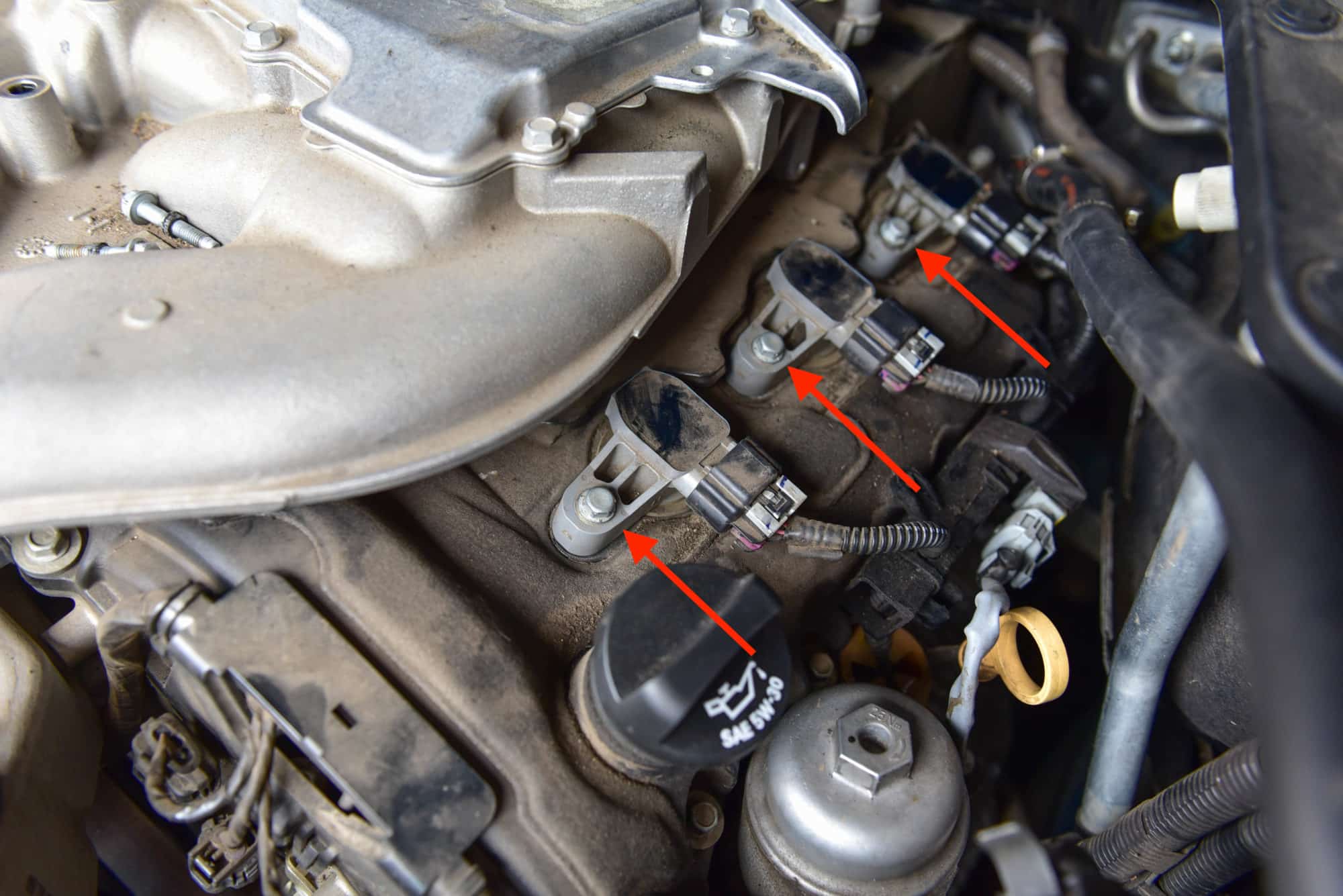
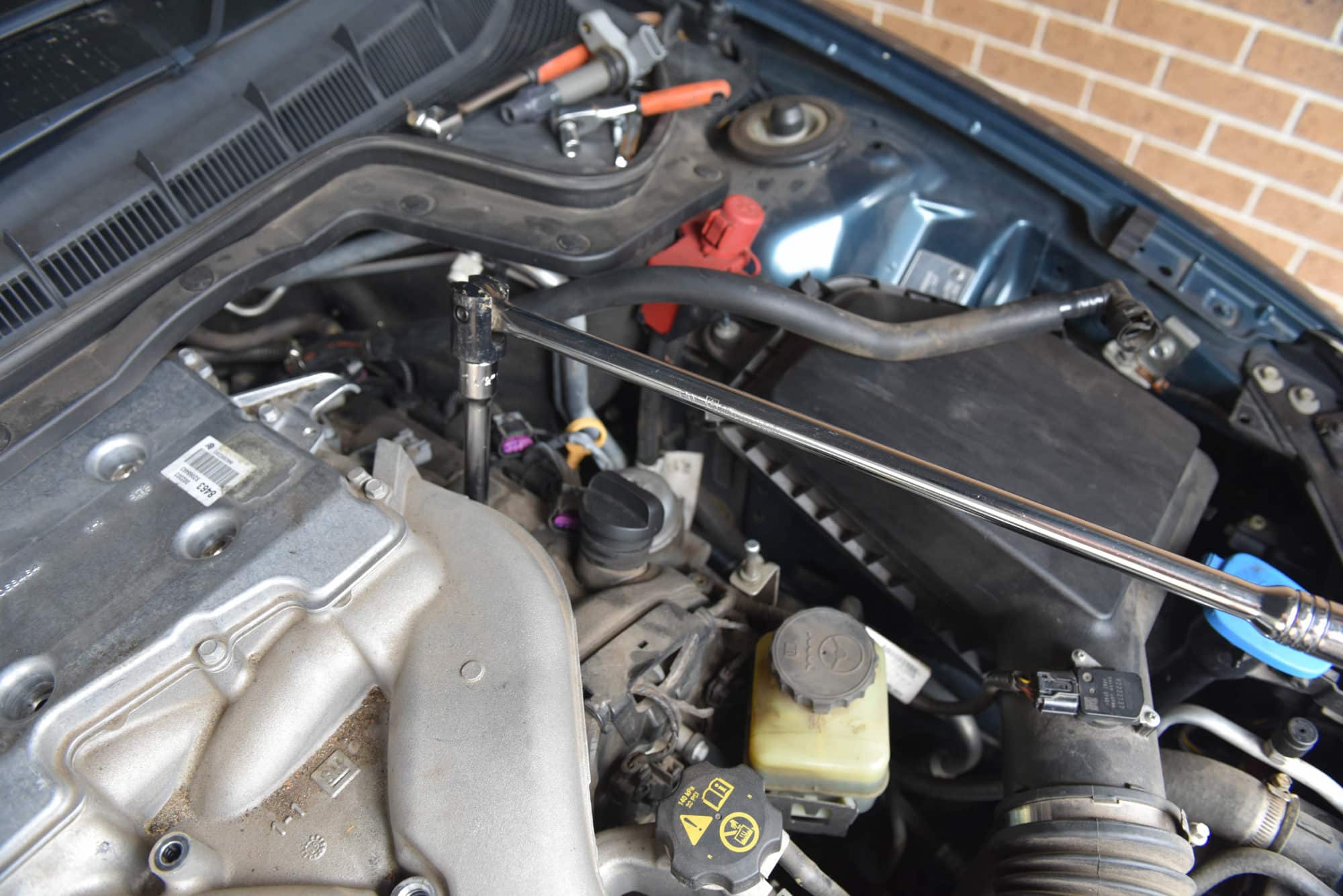
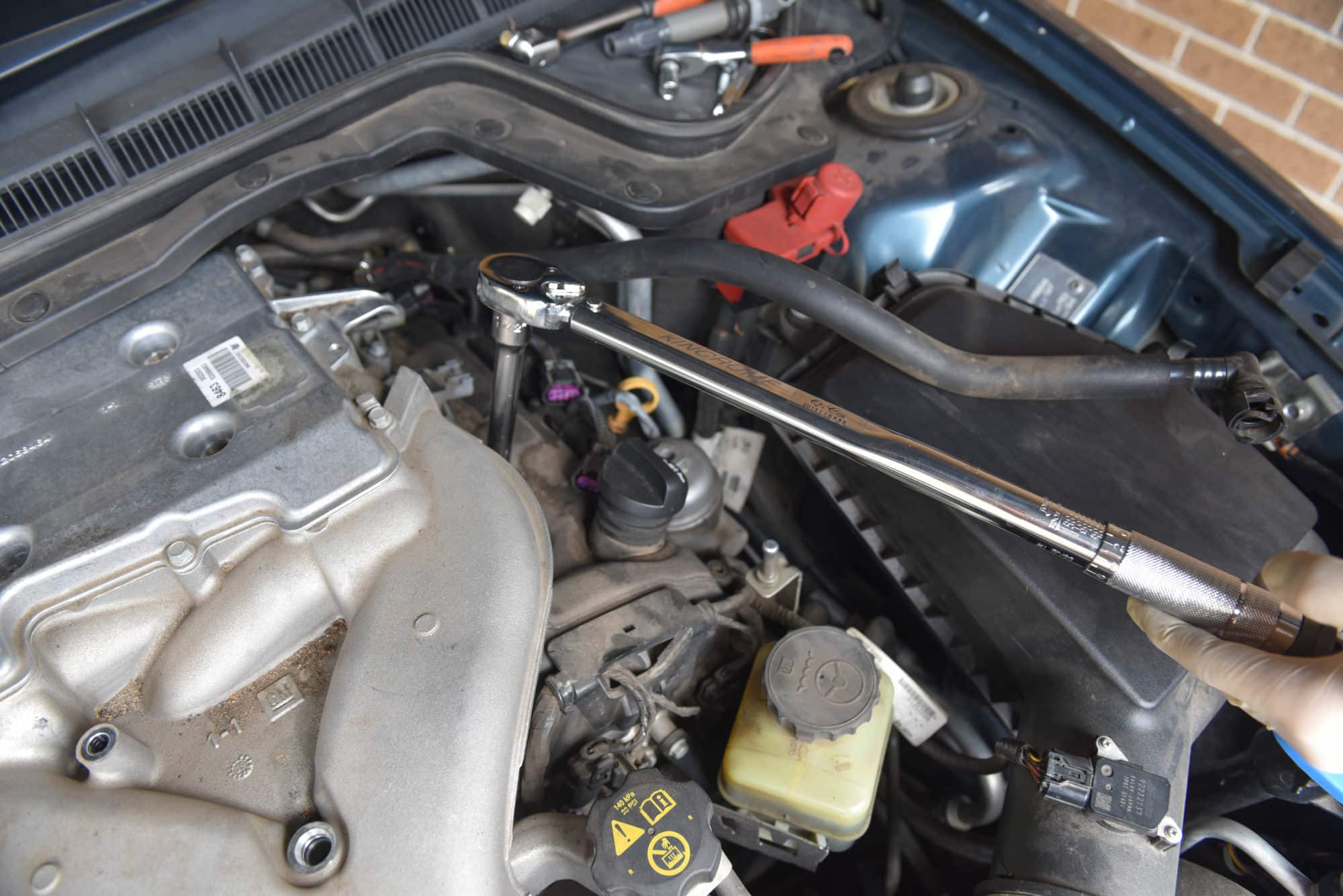
This Post Has 18 Comments
Hello,
I have a 2010 SV6, with 3.6 L SIDI LLT engine. I replaced all of the spark plugs yesterday without lifting the inlet plenum.
The coil packs on cylinders 3 & 5 ( rear two on the driver’s side) are the only ones that come close to the plenum, but can still be easily removed. I did remove the bracket for the purge solenoid for easier access to number 3, but even that was not necessary.
I believe it was necessary to remove the plenum on pre-SIDI engines (eg. LY7), because they had a larger plenum that the LLT and LFX.
Thanks for the feedback! We did find it much easier when the plenum was removed, however as you’ve described it can be done without.
Air con my my ve working perfectly. (Very cold). But now it only blows hot air. Why? I think it is electrical. But what?. Can you help. 2009 v6 series 1 sv6
Hi Mick, It is probably the actuator. Try the relearn procedure and report back.
Firstly, thanks for sharing this outstanding post. I’ve read so many amazing things about your post. Really it such an informative post. Seriously thank you for all this awesomeness!
Thanks Richard!
You are welcome and thanks for your quick reply.
I’m new to the whole fix it yourself game and in need of advice and direction. Iv got a Holden VE 07 and having trouble with my manifold. and it sure how many bolts and screws I need to remove in order for manifold to raise so I can change my sparkplug. your help will be much appreciated.
Hi Mike, Please closely follow our tutorial as each step shows which bolts to remove.
Great guide! I’ve just replaced all 6 spark plugs and ignition coils without removing the plenum but this was an invaluable resource nonetheless. I found it was easy to work around the purge solenoid by simply unbolting it from the plenum and sitting it to one side.
Keep up the good work!
Thanks for the feedback!